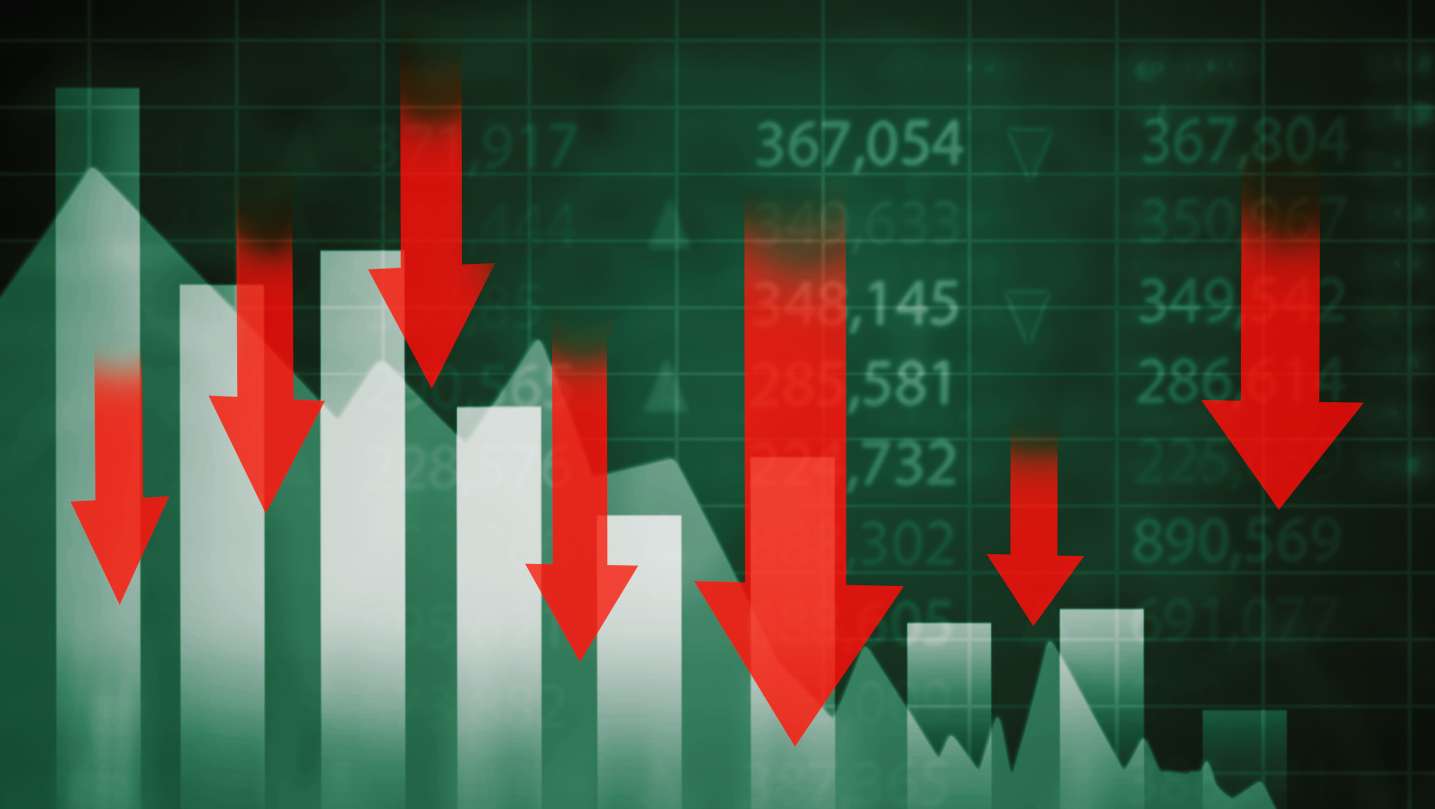In recent times, the stock market has been a rollercoaster ride, leaving many investors puzzled and anxious. The Dow Jones Industrial Average, a widely recognized indicator of the stock market’s health, has experienced a significant drop, leaving financial experts and analysts scrambling to understand the reasons behind this slump. In this article, we’ll decode the stock market’s recent struggles and delve into the impact of soaring Treasury yields.
Understanding the Market Turmoil
The S&P 500’s Dramatic Fall
The S&P 500, a benchmark for the broader market, has plummeted by 1.4%, reaching its lowest point in the last four months. This sudden drop has left investors concerned and searching for answers.

Big Tech Stocks Take a Hit
Among the hardest-hit in this market downturn are Big Tech stocks, which have contributed significantly to the Nasdaq composite’s staggering loss of 1.9%. Amazon, Microsoft, and Nvidia have all experienced significant declines, raising questions about the future of high-growth stocks in the current economic climate.
Rising Treasury Yields
One of the primary culprits behind this stock market turmoil is the relentless rise in Treasury yields. The 10-year Treasury yield has surged to 4.79% from 4.69%, a notable increase in a short period. This yield has reached its highest point since 2007, sending shockwaves through the financial world.
Why the Stock Market is Down
The Bond Market’s Influence
When bond yields rise, they become more attractive to investors as they offer higher returns compared to stocks and other investments. This shift in investor sentiment pulls funds away from stocks, creating downward pressure on the stock market.
Implications for Borrowing
The surge in yields also has implications for borrowing costs. Companies and households face increased expenses when seeking loans, potentially impacting corporate profits and consumer spending, further exacerbating the stock market’s woes.

Federal Reserve’s Stance
The Federal Reserve has played a crucial role in this situation. They have signaled their intent to maintain higher interest rates for an extended period to combat inflation. The anticipation of prolonged high rates has spooked investors and added to market uncertainty.
The Labor Market Connection
Job Market Strength
Recent data on the U.S. job market indicates a robust economy. Employers advertised a staggering 9.6 million job openings at the end of August, surpassing economist expectations of 8.9 million. This job market strength has put upward pressure on wages to attract employees.
Inflation Concerns
While wage growth is welcomed by workers trying to keep up with inflation, it’s also a source of concern for the Federal Reserve. The fear is that increased wages could fuel inflation even further, creating a complex balancing act for monetary policy.
Other Challenges
Apart from rising Treasury yields, several other challenges are contributing to Wall Street’s woes. The resumption of student loan repayments, escalating oil prices, and global economic uncertainties are additional factors dragging on the stock market’s performance.
The American Dream Amidst Uncertainty
The ‘American Dream’ has long symbolized the promise of upward mobility and prosperity. However, in the face of ongoing economic challenges, many are questioning whether this dream is still attainable.
Conclusion: Factors of Dow’s Drop
In summary, the recent stock market slump, particularly the Dow’s drop, can be attributed to a confluence of factors, with rising Treasury yields taking center stage. The Federal Reserve’s commitment to higher interest rates and a robust job market have created a climate of uncertainty for investors. As the financial world navigates these challenges, staying informed and adaptive is key to weathering the storm.
FAQs
What are Treasury yields, and why do they matter to the stock market?
Treasury yields represent the return on investment for government bonds. When yields rise significantly, they become more attractive to investors, diverting funds away from stocks, and causing stock market declines.
How does the Federal Reserve’s stance on interest rates affect the stock market?
The Federal Reserve’s decision to maintain high-interest rates to combat inflation can spook investors. The anticipation of prolonged high rates can lead to market uncertainty and declines.
Why are Big Tech stocks particularly vulnerable to rising interest rates?
Big Tech stocks are often seen as high-growth investments. When interest rates rise, their future earnings potential is discounted, making them less attractive to investors.
What role does the job market play in the stock market’s performance?
A strong job market can lead to wage growth, which is positive for workers but can also fuel inflation. This dual effect can create uncertainty in the stock market.
How can investors navigate the current market challenges?
Investors should stay informed, diversify their portfolios, and consider long-term investment strategies to navigate the current market volatility.
See Also: Elon Musk Bought Google: But Did The Deal Really Happen?





